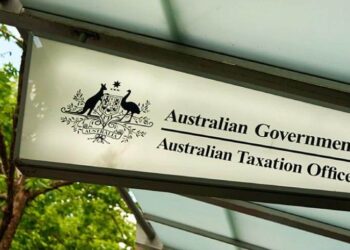In a recent webinar, Anthony Cullen, head of technical for Accurium, said there are a few caveats that apply to the downsizer contribution strategy when considering a deceased estate.
He gave a case study of Norma and Harold, both 62, who had lived in their marital home for 25 years, but the property is only in Norma’s name.
Norma passed away in June 2023 and the title of the property reverted to Norma’s executor of the estate. In October 2023, the executor decided to sell the property and to give the proceeds to Harold.
“The question is, is Harold able to make a downsizer contribution? He obviously hasn’t owned the property, but his former spouse did and she held the property for at least a 10-year period,” Cullen said.
“From a 10-year period point of view, Harold is still potentially in the mix to be able to make that downsizer contribution, and in this scenario, he will be able to make the downsizer as he lived in the property for a period of time and satisfies the main residency rules.”
Cullen continued the fact that ownership of the residence never transferred to Harold, and that the fact that the executor of the estate disposed of that property does not change the fact that Harold is still potentially going to be eligible to make a downsizer contribution.
“The one thing to consider here, though, is that we’re talking about settlement, and you’ve got 90 days to make that contribution,” he said.
“If the trustee sells the property and settles on it, Howard still only has 90 days from the date of settlement, so the estate is going to have to distribute the proceeds to Harold for him to be able to make that contribution within that 90-day period.”
Cullen added that it is worth noting in regard to the 90-day period that an application for an extension can be made to the ATO.
“But you want to have a good reason as to why you think you need an extension. I can’t say for certain that Harold not being able to make the contribution within 90 days because he hasn’t received it from the estate may be a legitimate reason to approach the ATO,” he said.
“What I can tell you at the opposite end is the ATO has said that if you’re 54 don’t bother writing to us asking for an extension so you can be 55 when you make the contribution. The ATO will not entertain that idea, but Harold, for this circumstance, is going to be able to make the contribution.”
Cullen gave another scenario, where rather than Norma passing away, the couple separated and divorced and Harold received the property as part of a property split.
“It becomes his in June 2023, and let’s say he lives in it for five years and then disposes of it. Does he satisfy that 10-year requirement? Yes, because the 10-year period is going to be measured from the time that Norma first settled on that property and her ownership period,” he said.
“You add that to the five years of Harold’s ownership period and combine his over that 10-year period.”



If rather than Harold being the beneficiary, assuming that Norma was not partnered, and her beneficiary was say an adult child over the age of 55, could the adult child be eligible to make a downsizer contribution upon the sale of the inherited main residence if they sell it after holding it for 10 years?
In this scenario, the adult child won’t have lived in the property during their ownership but would use Subdivision 118-B (the part applicable to inherited dwellings and disposing after 2 years which may also interact with the home first used to produce income rule) to exempt part of the gain upon eventual disposal 10 years down the track even though the adult child has never lived in the property?